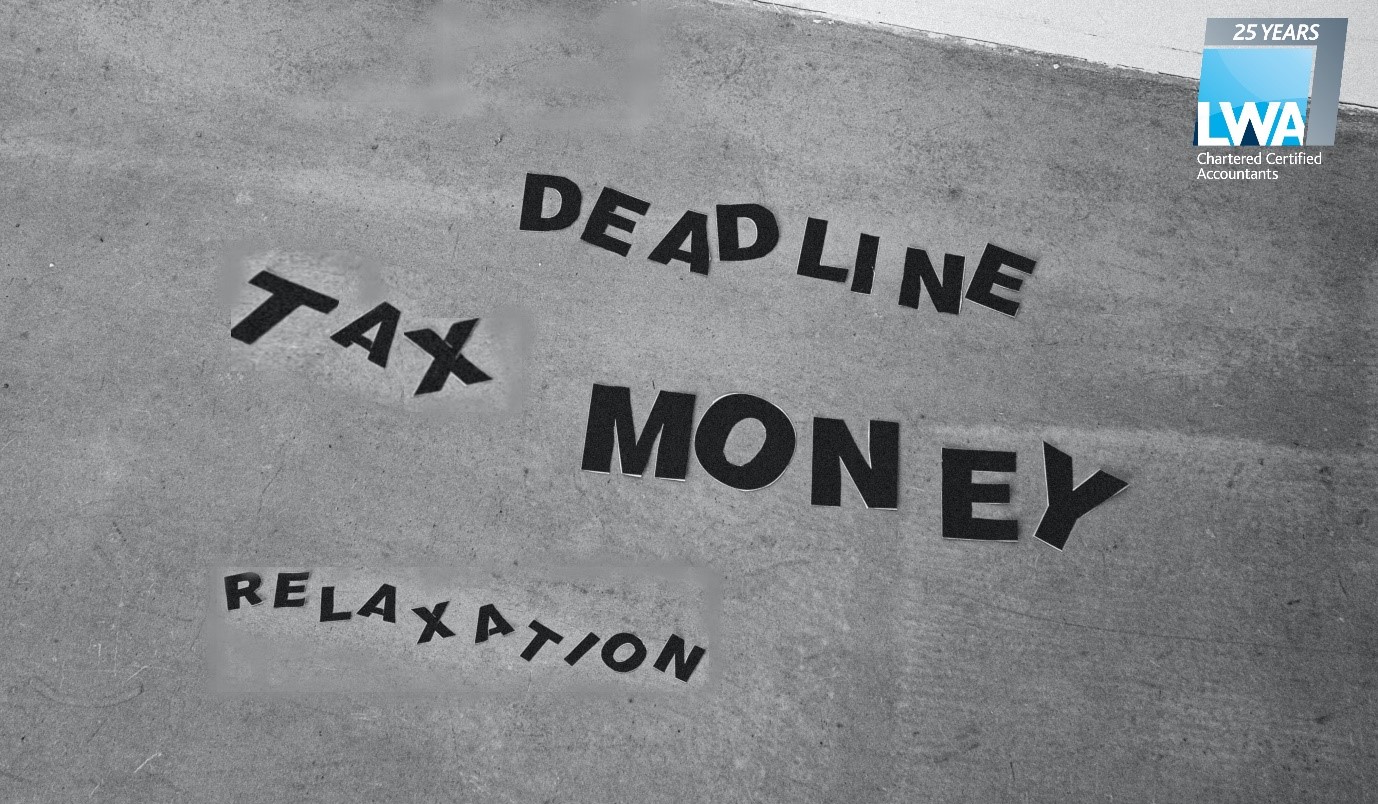
At LWA, we have detailed the penalty changes below, which will initially apply to VAT and Income Tax Self-Assessment (ITSA).
What are the new penalties from HMRC?
The new regime is designed for taxes with regular submission obligations such as annual returns and quarterly VAT payments.
Taxpayers will no longer receive an automatic financial penalty if they fail to meet a submission obligation. Instead, they will incur a certain number of points for missed obligations and other information requested by HMRC not provided on time, before a financial penalty is applied.
This new points-based regime is designed to be proportionate, penalising only the small minority who persistently miss their submission obligations rather than those who make occasional mistakes.
How will the new penalty structure work?
HMRC will notify taxpayers of a point received every time a submission deadline is missed. Once a certain threshold of points has been received, a financial penalty of £200 will be charged and the taxpayer will again be notified.
Thereafter, a penalty will be charged for each and every subsequent failure to make a submission on time, but the points total will not increase.
The threshold after which the financial penalty of £200 will be charged is determined by how often you are required to make your submission, as detailed in the table below:
| Annual | 2 points |
| Quarterly (including MTD for ITSA) | 4 points |
| Monthly | 5 points |
When could I be affected by penalties?
The changes will apply to VAT customers for accounting periods beginning on or after 1st April 2022.
For ITSA customers with business or property income over £10,000 per year (who are mandated for Making Tax Digital (MTD) for ITSA) the changes will apply from the tax year beginning 6th April 2024.
For all other ITSA customers the new penalty structure will apply from the tax year beginning 6th April 2025.
How will penalty points be removed from my record?
Expiry of individual points over time
To prevent historic failures combining with occasional recent failures to cause a financial penalty, points will have a lifetime of two years; after which they will expire. This will be calculated from the subsequent month after the one in which the failure occurred.
Points will not expire when a taxpayer is at the penalty threshold. This will ensure that they must achieve a period of compliance to reset their points.
Expiry of all points for compliance
After a taxpayer has reached the penalty threshold, all the points accrued within that points total will be reset to zero when the taxpayer has met both of the following conditions:
- A period of compliance (that is, meeting all submission obligations on time for a specific period of compliance – see table below); and
- The taxpayer has submitted all the submissions which were due within the preceding 24 months. It does not matter whether or not these submissions were initially late.
The period of compliance will apply as follows:
| Annual | 24 months |
| Quarterly (including MTD for ITSA) | 12 months |
| Monthly | 6 months |
If a taxpayer is at the penalty threshold and has achieved the period of compliance, but has not submitted outstanding submissions, they will remain at the penalty threshold and continue to be charged penalties for any further failures to make submissions on time.
Levying of penalty points
There will be time limits after which a point cannot be levied, which will depend on the taxpayer’s submission frequency, and will start from the day on which the failure occurred, as follows:
| Annual | 48 weeks |
| Quarterly (including Making Tax Digital) | 11 weeks |
| Monthly | 2 weeks |
Appealing a penalty from HMRC
The time limit for HMRC to assess a financial penalty will be two years after the failure which gave rise to the penalty.
Where a Tribunal decision results in the cancellation of a point or a financial penalty, HMRC will have 12 months from the date of the Tribunal decision to levy a point or financial penalty that would have accrued for failures that occurred but were not added to the points total because the taxpayer was at the penalty threshold.
Where HMRC discovers that a customer had previous submission obligations which HMRC was unaware of at the time, HMRC will also have 12 months from the date of the discovery to levy points and financial penalties.
Avoiding penalty points from HMRC
It goes without saying that in order to avoid being penalised by HMRC, ensure you have effective tax planning in place, and make sure you adhere to the new Making Tax Digital obligations before 1st April 2022.
The team at LWA are here to guide you and help ensure you and your business comply with HMRC’s rules and regulations. If you are concerned and would like to speak to one of our friendly experts, please contact us in Manchester on 0161 905 1801 or in Warrington on 01925 830 830.
Our inhouse Digital Support expert, Bradley Allen-McKenna is available to help you get set up on Xero to meet your MTD obligations – it takes minutes to set up and Bradley is on hand to guide you through the easy-to-use cloud accounting software. Email bradley@lwaltd.com to find out more.
